Transform your modern home into a haven of timeless elegance with the allure of antique style decor. Blending old-world charm with contemporary living, vintage style decor offers a unique way to infuse your space with character and history. Whether you’re aiming for farmhouse charm, rustic ambiance, or a sophisticated antique look, incorporating vintage elements can elevate your home decor game. From statement-making decorative suitcases to antique-inspired furniture, there’s no better way to create a distinctive atmosphere that feels both classic and cozy. Discover how to mix textures, finishes, and styles to craft a space that tells your personal story, while enjoying the warmth and authenticity that comes with vintage home decor.
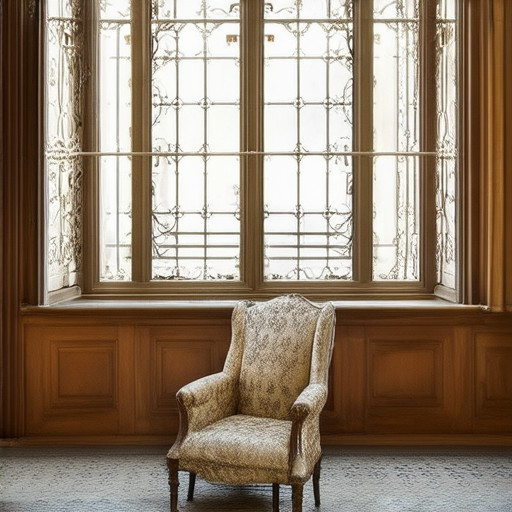
What is Vintage Decorating Style?
Vintage decorating style is a unique approach to interior design that draws inspiration from past eras, blending historical elements with modern aesthetics to create timeless spaces. This style allows you to mix and match designs from different periods, giving your home a distinctive charm that reflects your personality and story.
Key Characteristics of Vintage Decorating Style
- Color Palettes : Vintage interiors often feature soft, muted tones inspired by bygone eras. Colors like sage green, deep navy, mustard yellow, and earthy tones are popular choices, evoking a sense of warmth and nostalgia.
- Furniture : Vintage decorating incorporates furniture from various time periods, such as mid-century modern, Art Deco, or Victorian styles. These pieces are typically craftsmanship-driven and offer a unique aesthetic.
- Composition and Layout : The arrangement of furniture and accessories in a room often follows a eclectic or bohemian approach, with a focus on creating cozy, inviting spaces that feel lived-in and full of character.
- Textiles and Fabrics : Vintage-style decor frequently uses fabrics like velvet, silk, and linen, which add richness and texture to a room. Patterns, such as floral motifs or geometric designs, also play a significant role.
- Accessories : Personal touches, like vintage photographs, antique jewelry, or quirky found objects, are common in vintage-decorated spaces. These items often serve as conversation starters and tell a story.
How to Achieve Vintage Decor in Your Home
- Start Small : Begin by incorporating a few vintage pieces into your space, such as a vintage lamp or a statement mirror.
- Mix Eras : Don’t stick to just one period. Combining mid-century modern furniture with Victorian-inspired curtains or Art Deco accents creates a dynamic and layered look.
- Layer Textures : Use a mix of smooth and rough textures to add depth to your space. For example, pair a velvet sofa with a woolen rug and a leather-bound bookshelf.
- Personalize Your Space : Add personal touches by displaying items that have meaning to you, whether they’re family heirlooms or DIY projects.
- Consider Lighting : Vintage lighting options, such as Edison bulbs or brass chandeliers, can significantly enhance the ambiance of a room.
Popular Vintage-Inspired Trends
- Mid-Century Modern : Characterized by clean lines, minimalist furniture, and bold colors, this trend emphasizes functionality and simplicity.
- Retro Style : Drawing inspiration from the 1970s and 1980s, retro decor often features vibrant hues, patterned upholstery, and iconic furniture designs.
- Bohemian Chic : This style focuses on global textures, ethnic-inspired patterns, and a relaxed, free-spirited vibe, perfect for creating a warm and inviting atmosphere.
- Art Deco Elegance : Known for its geometric shapes, rich materials, and dramatic lighting, this style adds sophistication and grandeur to any room.
By embracing the vintage decorating style, you can transform your home into a personalized sanctuary that reflects your unique taste and tells your story. Whether you prefer a cozy, eclectic space or a sleek, modern retreat, vintage decorating offers endless possibilities to create a space that feels truly yours.
What Furniture is Considered an Antique?
An antique is typically defined as a piece of furniture or object that is at least 100 years old. This age threshold helps distinguish true antiques from newer items, though opinions can vary slightly among experts.
Age Criteria
- A piece must be at least 100 years old to be classified as an antique.
- Items from the late 19th century or earlier are commonly considered antiques.
Craftsmanship
- Antique furniture is often characterized by its craftsmanship, which may include intricate details and traditional joinery techniques.
- Maker’s marks or signatures from skilled artisans are common features of authentic antiques.
Condition
- Antiques may show signs of wear and tear due to age, but they should not have been extensively restored or refinished.
- The patina and history of the piece contribute to its value and authenticity.
Examples of Antique Furniture
- Victorian-era furniture, known for its ornate designs and dark finishes.
- Early American Windsor chairs, showcasing simple yet durable construction.
- Art Deco-inspired pieces from the 1920s and 1930s, blending geometric shapes with elegant motifs.
How to Spot an Antique
- Look for maker’s marks or labels indicating the manufacturer and era.
- Examine the materials and construction techniques for clues about its age.
- Be cautious of reproductions that mimic antique styles but lack historical provenance.
Exploring antique furniture can be a rewarding experience, as each piece tells a story of its time and craftsmanship. To discover more, visit our Retro Sales collection, where we offer a curated selection of vintage and antique items.

Are Antiques Coming Back in Style?
Yes, antiques are making a significant comeback in modern design and fashion. At Retro Sales, we’ve noticed a growing interest in vintage items, with many customers seeking unique pieces that reflect a timeless aesthetic. Here’s why antiques are becoming popular again:
- Vintage fashion is experiencing a resurgence, with many designers drawing inspiration from past eras.
- Antique furniture and decor offer a sense of history and character, appealing to those who appreciate craftsmanship.
- Collectors and interior decorators are increasingly seeking out rare and distinctive items to personalize their spaces.
- Sustainability is a key factor, as antiques often represent a reduction in waste compared to mass-produced goods.
At Retro Sales, we specialize in connecting enthusiasts with curated vintage finds, from jewelry and watches to furniture and art. Our blog regularly features articles on retro culture, trends, and the best ways to incorporate vintage pieces into modern lifestyles.
If you’re curious about getting started with antiques, consider exploring platforms like Retro Sales or browsing local flea markets and antique stores. Many online marketplaces, such as Etsy and eBay, also offer great options for finding unique antiques.
Whether you’re a seasoned collector or just dipping your toes into the world of vintage, there’s no doubt that antiques are officially back in style.
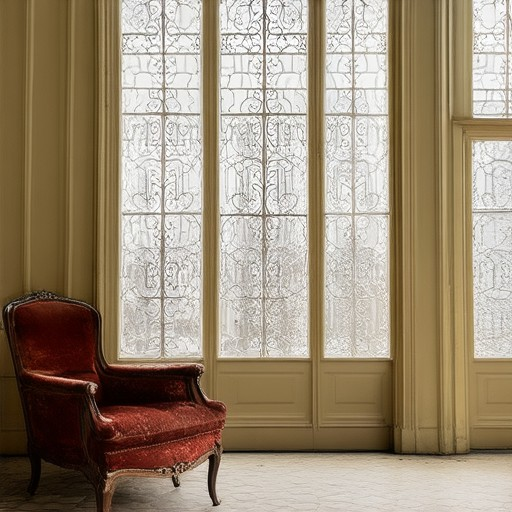
Rustic Farmhouse Decor
Rustic farmhouse style is a design aesthetic that emphasizes simplicity, natural materials, and a connection to the past. This style often incorporates untreated or weathered wood, stone, and metal elements to create a raw, authentic look. Here’s a breakdown of the key characteristics:
- Wood: Unfinished or untreated wood is a cornerstone of rustic farmhouse decor. Pieces like bare log tables, stools, and benches are common, showcasing knots, imperfections, and natural grain.
- Stone and Metal: Stone accents, such as flagstones, wall claddings, or hearths, add texture and durability. Metal elements, like iron gates, lantern hooks, or decorative signs, complement the rustic feel.
- Exposed Elements: Exposed beams, brick walls, or pipelining add visual interest and a sense of history to the space.
- Color Palette: Earthy tones like muted green, brown, beige, and weathered white dominate. These colors evoke a sense of nature and timelessness.
- Lighting: Lanterns, Edison bulbs, or woven pendant lights provide soft, warm illumination, enhancing the cozy atmosphere.
- Furniture: Handcrafted, distressed pieces with a worn look are ideal. Upholstered furniture often features natural fibers like linen or cotton for a refined touch.
- Personal Touches: Vintage collections, family heirlooms, or DIY decor like macramé wall hangings add personality and a story to the room.
This style creates a serene, inviting environment that feels both humble and luxurious, blending simplicity with authenticity.
What is Vintage Farmhouse Style?
Vintage farmhouse style is a distinctive interior design aesthetic that blends the charm of rural, traditional living with modern sensibilities. This style emphasizes warmth, comfort, and a connection to nature, often incorporating elements that evoke a sense of history and simplicity.
Key Components of Vintage Farmhouse Style
- Architecture :
- Features handcrafted or weathered wooden beams,
- Utilizes simple, functional layouts reminiscent of early American homes,
- Often includes wraparound porches and large windows to maximize natural light and airflow.
- Color Palette :
- Dominated by earthy tones like muted greens, browns, and soft grays,
- Incorporates weathered whites and faded pastels for a timeless look,
- Accents with deep, rich jewel tones for contrast and visual interest.
- Textures :
- Uses rough-hewn surfaces like distressed wood and stone,
- Incorporates woven textiles and natural fibers for texture,
- Emphasizes the feel of natural materials over polished finishes.
- Furniture :
- Mixes antique and vintage pieces with handcrafted or DIY creations,
- Prioritizes functionality over ornamentation,
- Includes seating with sturdy frames and comfortable upholstery.
- Decor :
- Features collections of vintage finds, such as old books, lanterns, and seasonal items,
- Incorporates natural elements like dried flowers, herbs, and plants,
- Uses layered decor to create visual interest without clutter.
- Lighting :
- Relies on natural light during the day,
- Uses lanterns, Edison bulbs, and other rustic lighting solutions at night,
- Creates soft, ambient lighting to enhance the cozy atmosphere.
- Personal Touch :
- Reflects the homeowner’s personality through unique arrangements and personal artifacts,
- Encourages a mix of heirlooms and found objects to tell a story,
- Balances symmetry and asymmetry for a lived-in, inviting feel.
How to Incorporate Vintage Farmhouse Style
- Start with a neutral base and layer on textured elements,
- Mix modern and vintage pieces to create a balanced look,
- Use plants and greenery to bring life to the space,
- Add personal touches like family photos or handmade items to personalize the environment.
By combining these elements, vintage farmhouse style creates a welcoming and timeless retreat that feels both familiar and unique.
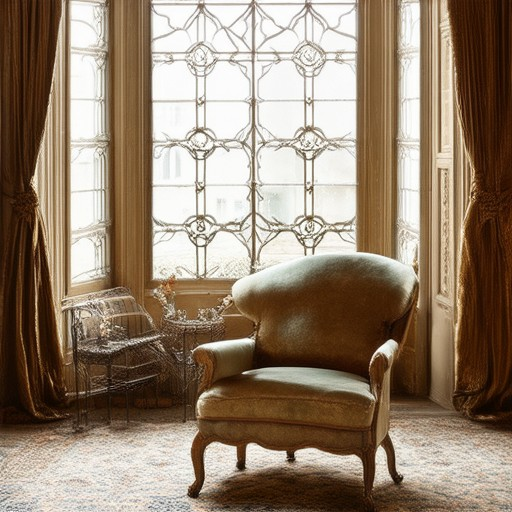
Most Popular Farmhouse Decor
Farmhouse decor has become a beloved style among homeowners seeking a cozy, rustic yet functional aesthetic. Its popularity stems from its ability to blend natural elements with modern living, creating a warm and inviting environment.
- Natural Materials: The foundation of farmhouse decor lies in the use of natural materials like wood, stone, and metal. These elements bring an organic feel and durability to spaces.
- Rustic Accents: Details such as shiplap paneling, exposed brick walls, and beam ceilings add character and texture, evoking a sense of history and charm.
- Vintage Finds: Incorporating vintage furniture, antiques, and mismatched decor pieces adds a unique, eclectic touch while maintaining a timeless appeal.
- Large Windows: Farmhouse designs often feature expansive windows that allow ample natural light, fostering a connection with nature and openness.
- Neutral Color Palette: Soft, muted tones like beige, gray, and white dominate farmhouse aesthetics, creating a calming and versatile backdrop for other decor elements.
The style’s versatility makes it suitable for various architectural designs, from traditional houses to modern urban dwellings. By combining these elements, farmhouse decor offers a balanced mix of comfort and sophistication, making it a favorite among design enthusiasts worldwide.
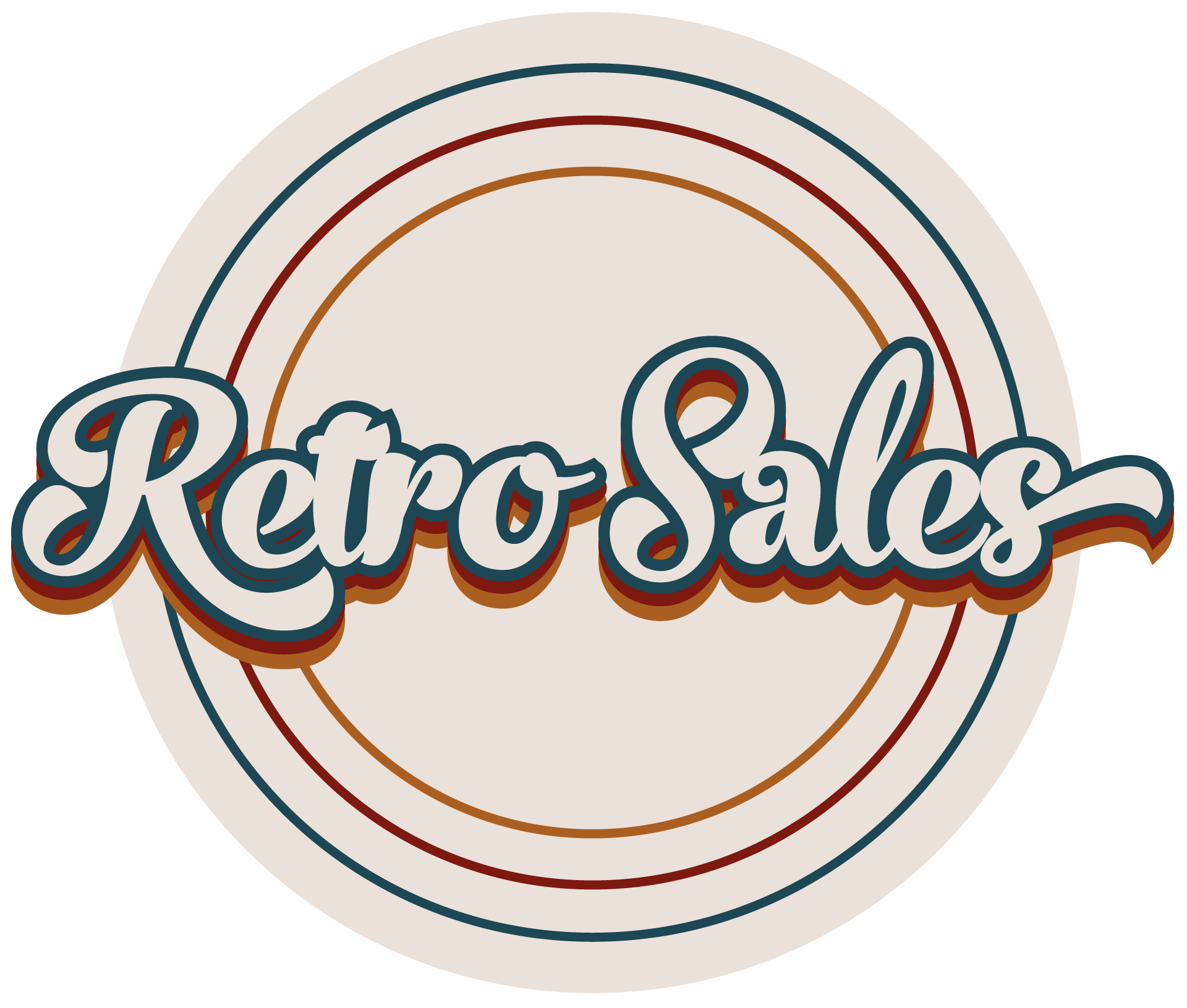
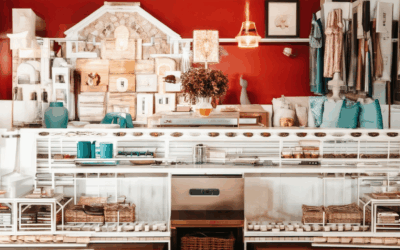
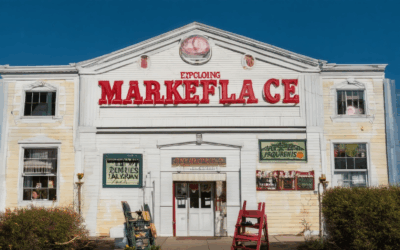
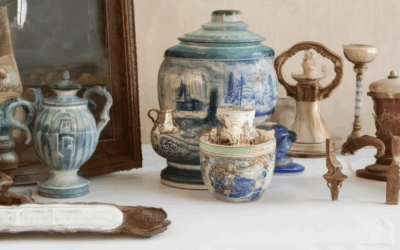
0 Comments